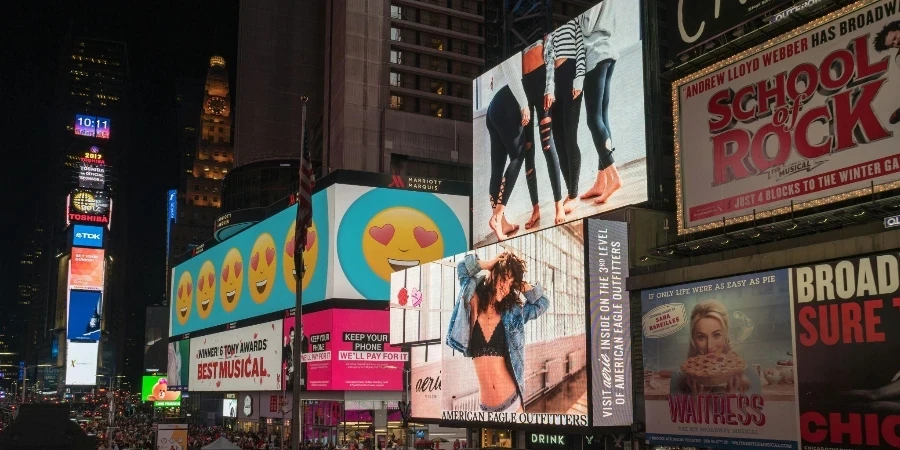In an age where consumers are bombarded with up to 10,000 ads daily, traditional marketing tactics are no longer just ineffective—they’re invisible. The future belongs to brands that treat ads not as interruptions but as invitations to engage. From hijacked billboards to satellite-projected logos, here’s how innovators are rewriting the rules of advertising.
Table of Contents
1. The Attention Apocalypse: Why Your Ads Are Drowning
2. Ads with a Soul: When Brands Pick Sides
3. Sports Marketing’s Gender Revolution
4. Live Commerce: From QVC to Quantum Leaps
5. Ads That Defy Gravity (and Ethics)
6. The Barter Economy: Ads Without Money
Conclusion: The Ad Future Is a Choose-Your-Own-Adventure
1. The Attention Apocalypse: Why Your Ads Are Drowning
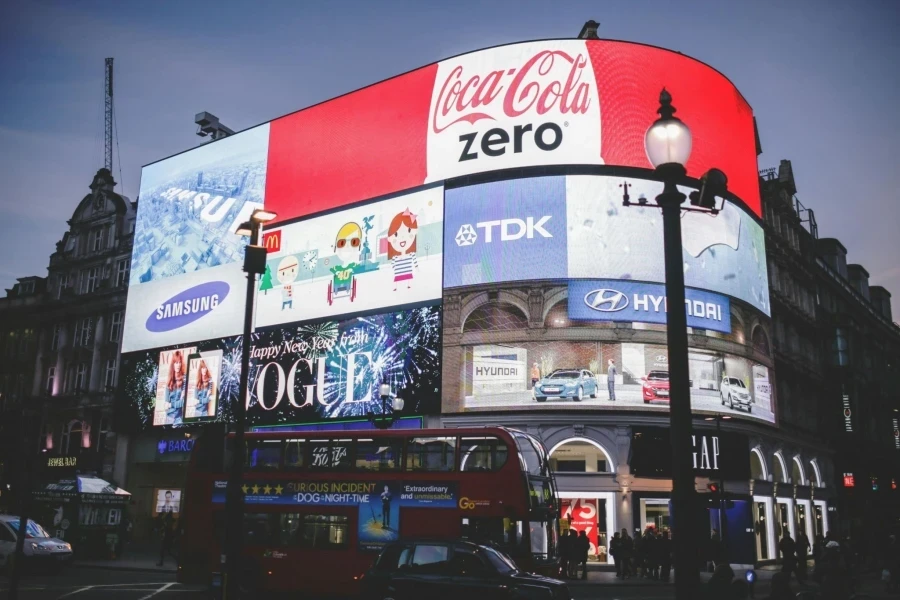
Global ad spending will hit $1.17 trillion by 2028, but consumers are developing immunity. Research shows 72% of Gen Z actively use ad blockers, while TikTok’s “skip” button gets tapped within 1.7 seconds on average. To survive, brands must turn everyday objects into unexpected canvases.
Case Study: Liquid Death’s Cans as Billboard Rentals
In 2023, the punk-inspired water brand auctioned 1.5 square inches of can space to Mountain Dew for a “Dehydration Partnership.” The limited-edition cans featured a tiny Mountain Dew logo dripping “blood” (aka neon-green soda residue). Sold exclusively on Liquid Death’s website, the campaign:
- Sold out in 11 minutes
- Generated 2.3M organic social impressions
- Spawned 14K memes (including a fake “Liquid Life” obituary for sugary drinks)
Why It Worked: By weaponizing absurdity, Liquid Mortgaged Dew turned packaging into a meme factory. As CMO Mike Cessario quipped: “We’re not selling water—we’re selling a middle finger to boring marketing.”
2. Ads with a Soul: When Brands Pick Sides
Governments are tightening ad regulations (France’s 2024 fast fashion ad ban, New York’s AI disclosure laws), but consumers demand more than compliance—they want conviction.
Case Study: Oatly’s Billboard Betrayal
When France banned fast fashion ads, Oatly donated 20% of its Paris billboards to climate activists. One ad featured a QR code linked to “The Greenwashing Hall of Shame”—a real-time tracker of brands’ broken sustainability pledges. The stunt:
- Drove 34% more Gen Z website visits
- Forced 6 fashion brands to update ESG policies
- Inspired a Belgian teen to project the QR code onto Zara’s Madrid HQ
Case Study: Bite Back’s Deepfake Fast Food Rebellion
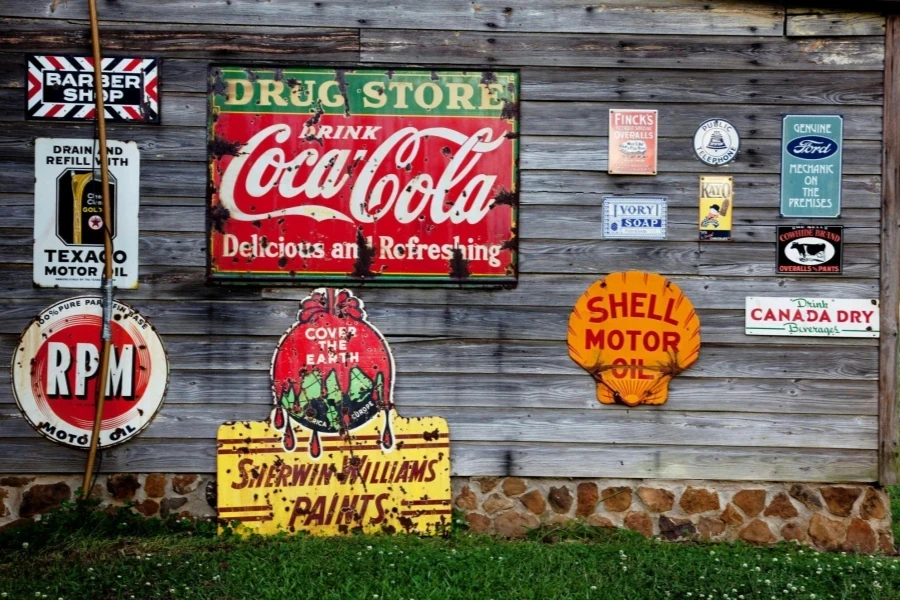
In July 2024, UK health NGO Bite Back hacked 30 Burger King digital menus using AI-generated videos of CEO José Cil “admiring” childhood obesity rates. The fake clips—which paused whenever someone ordered a Whopper—led to:
- A 22% sales drop at targeted locations
- Burger King pledging to remove junk food ads near 1,200 schools
3. Sports Marketing’s Gender Revolution
Women’s sports attract 226 million viewers globally in 2024 but receive less than 1% of sponsorship dollars. Savvy brands are bridging the gap through subversive storytelling.
Case Study: Orange Telecom’s “Hear the Difference”
During the 2024 Champions League final, Orange aired an ad where male soccer stars faced the sexist commentary women endure (“Shouldn’t you be modeling?”). The video racked up 28 million views in 48 hours and:
- Increased female mobile plan sign-ups by 19%
- Prompted UEFA to revise its commentary guidelines
Case Study: Amazon Prime’s AI-Powered Women’s World Cup
For the 2025 Women’s World Cup, Amazon replaced celebrity narrators with AI clones of young female athletes. The AI analyzed gameplay using slang like “She’s cooking with gluten-free flour!” during key moments. Aired during NFL games, the spots sparked a 41% rise in female viewership for women’s soccer.
4. Live Commerce: From QVC to Quantum Leaps
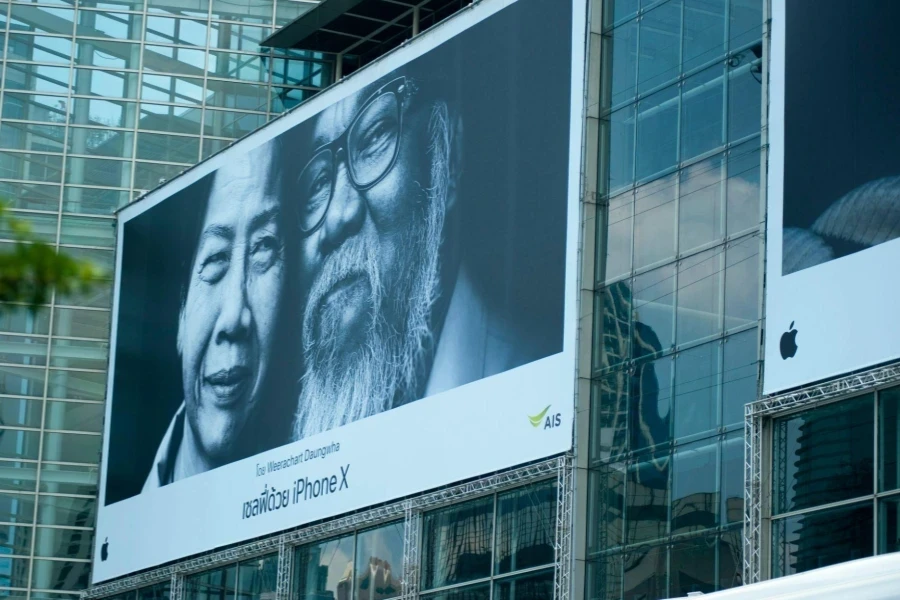
Asia’s live commerce market hit $423 billion in 2023, but Western brands are finally cracking the code through gamification.
Case Study: Zara’s TikTok Live Rage Room
In March 2024, Zara hosted a 5-hour livestream where viewers voted to:
- Send unsold inventory into a shredder (triggered by 10K “trash” comments)
- Unlock “mystery boxes” (58% of buyers kept the $299/year subscription)
- Control models’ outfit changes via polls
Result: 50% sales lift, 380K new followers, and a 22-minute average watch time—triple TikTok’s fashion average.
5. Ads That Defy Gravity (and Ethics)
Case Study: Maybelline’s AR Mirror of Truth
At Kyiv’s 2024 Independence Square, Maybelline installed a 4000㎡ AR mirror showing users’ faces with/without retouching. Participants could share their unedited selfies for a chance to replace billboard models. The campaign:
- Attracted 500K users in 2 weeks
- Pushed 15 beauty brands to adopt “No Filter” labels
Case Study: Patagonia’s Self-Erasable Space Ads
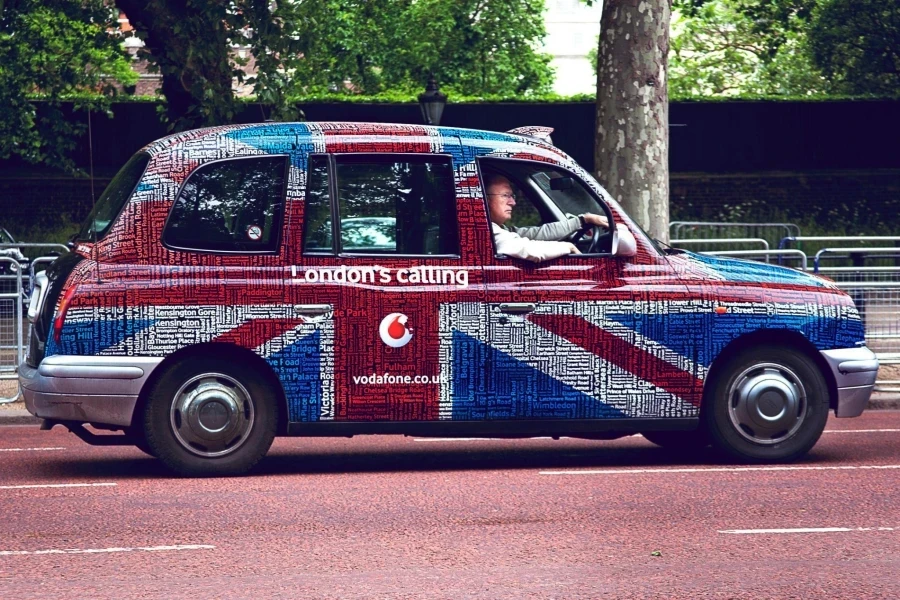
When Avant Space faced backlash for satellite-projected ads, Patagonia funded a student-built satellite tracking deforestation. Viewable only via Patagonia’s app, the “ads” disappear once an area is reforested. The project won a Cannes Lions Grand Prix for “ads that erase themselves.”
6. The Barter Economy: Ads Without Money
Case Study: Hyundai’s Super Bowl Account Swap
Hyundai lent its Instagram to 7 eco-brands during Super Bowl week 2024. Solar startup SunSwipe transformed Hyundai’s car photos into DIY solar panel tutorials, driving a 27% boost in Hyundai’s eco-friendly brand perception.
Conclusion: The Ad Future Is a Choose-Your-Own-Adventure

Winners in 2024’s attention wars aren’t those with the biggest budgets—they’re brands treating ads as:
- Trojan Horses (Oatly’s activist billboards)
- Participative Theatre (Zara’s shredder-driven livestream)
- Ethical Gambles (Patagonia’s disappearing satellites)
As AI clones perfect personalized pitches, raw humanity becomes the ultimate differentiator. The next iconic ad won’t be seen—it’ll be felt, debated, and hacked. Ready to play?
